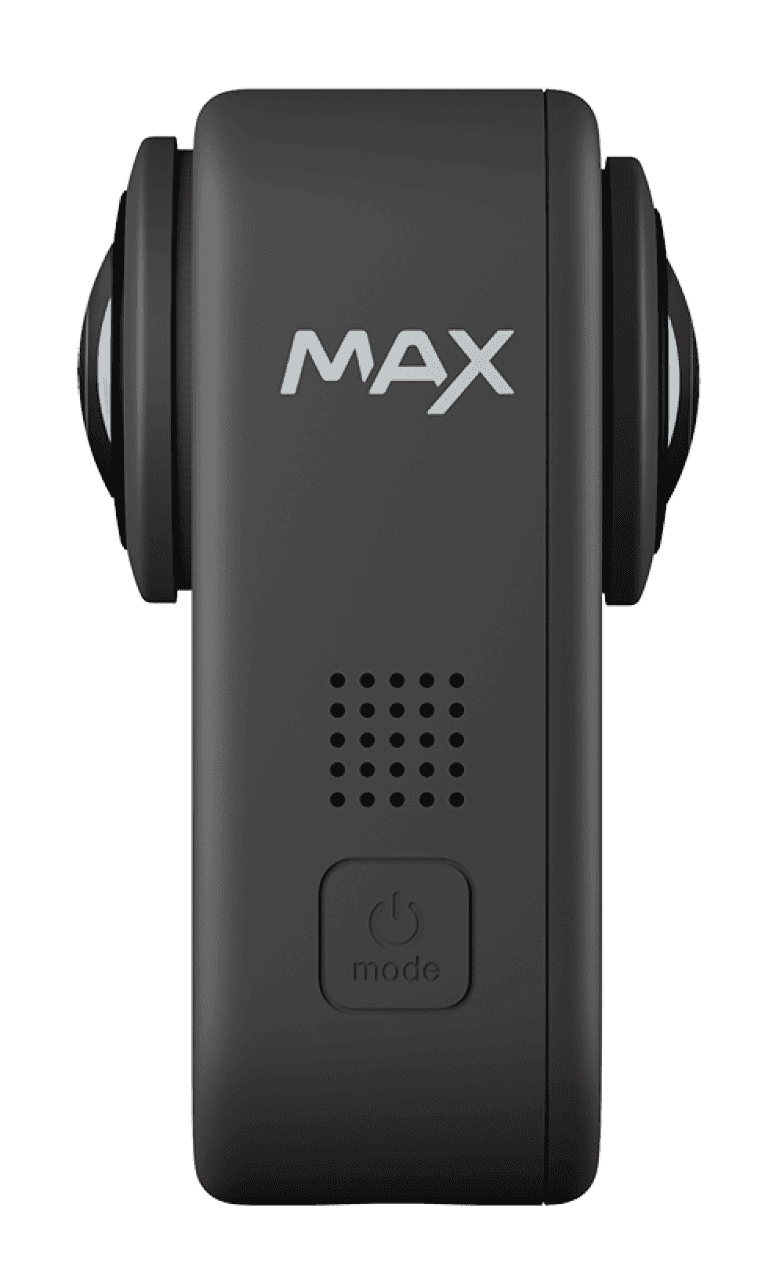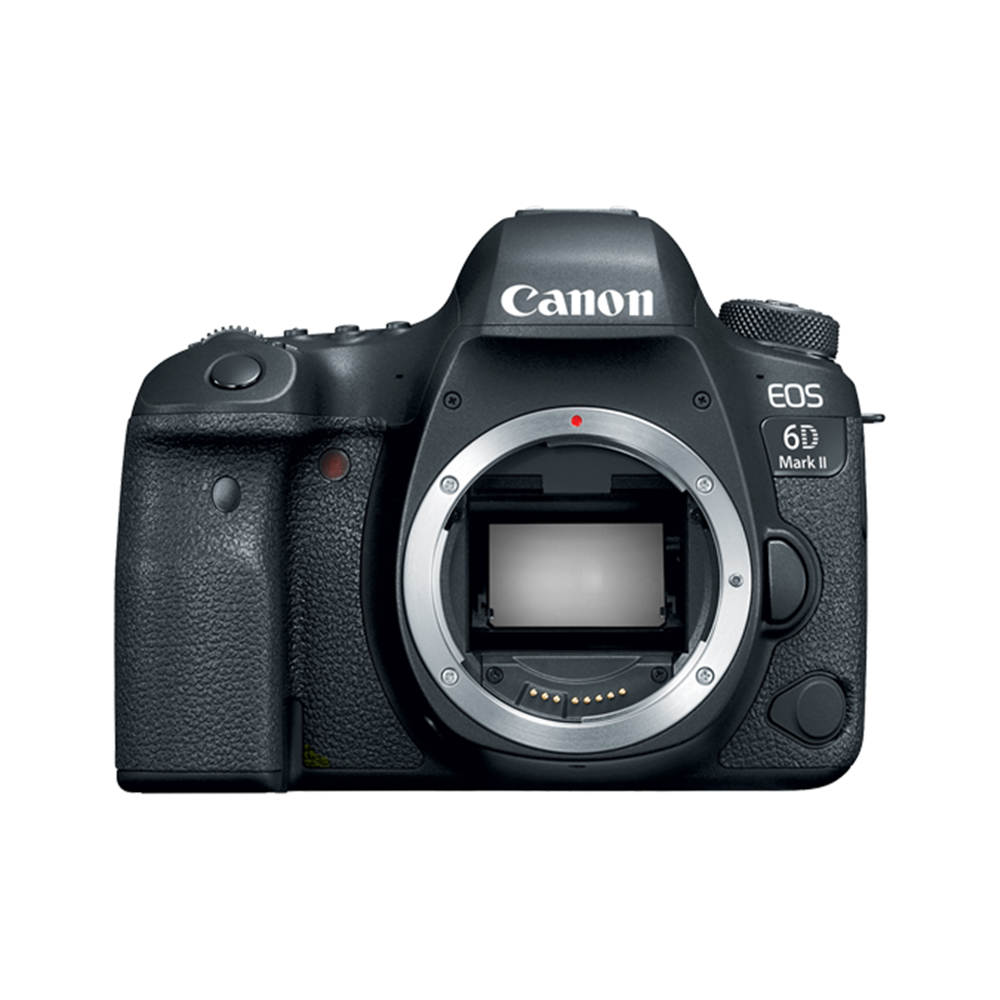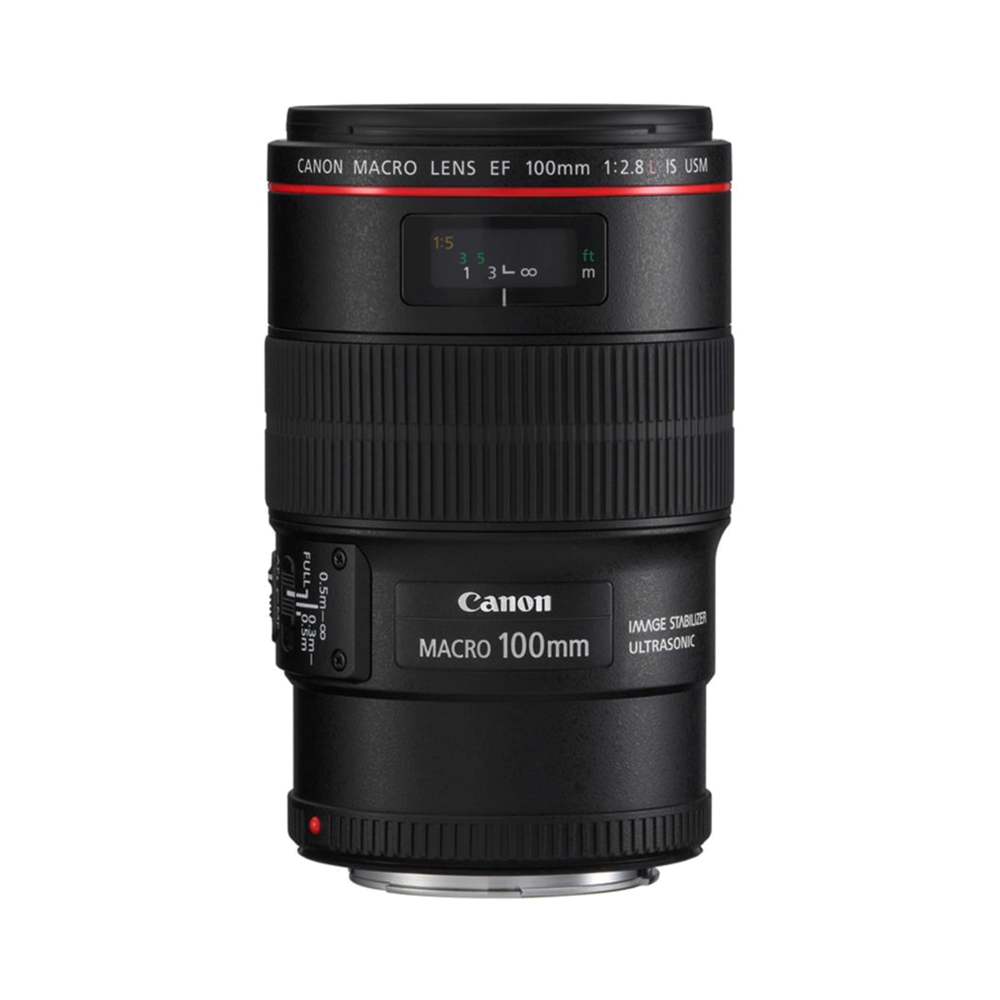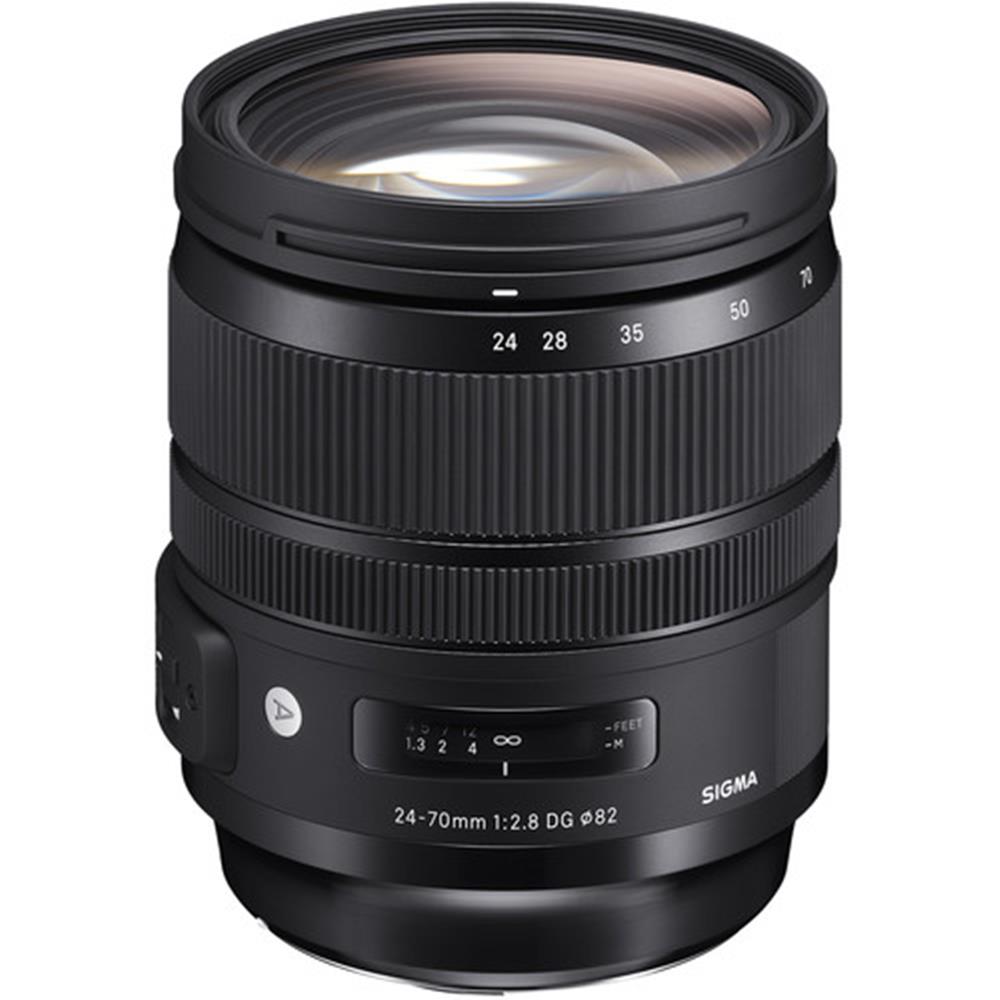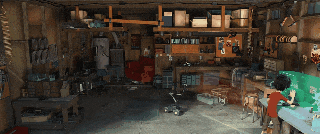I’ve been assisting with the Ontario Literacy test this week at school. Watching students have to put phones away in a system that allows full access all the time is like watching a long distance runner getting a foot amputated before having to run a marathon. Students didn’t understand the instructions and many ignored them and had to be individually assisted in unplugging themselves from their devices. They then looked disorientated and confused, and then we hit ’em with a high stakes literacy test!
The threats and fear generated by the test are also part of this wonderful experience. “You can’t graduate without this” is the most common refrain. I’ve been wondering why it’s all stick and no carrot with the literacy test, and then I got one of those ‘support education’ emails that’ll send the email an organization wrote in your name to your members of parliament.
We have a provincial election approaching and the stakes are high. My problem is that no one has any vision for Ontario’s public education system that would actually improve it or make it sustainable into an uncertain future. Liberals are entirely invested in keeping things as they are (they’re also the main reason why things are the way they are), and the conservatives aren’t interested in improving it at all as they collect supporters intent on privatizing it.
Rather than send off someone else’s words to my representatives, I sent a suggestion for a leaner, diversity-of-pathways honouring system that might also be greener, but no one in Ontario politics has a vision for public education beyond either keeping it as it is or selling it of to their donors. Ontario students deserve better…
***
Dear Candidates,
I’m going to cut out the form letter and speak frankly. After years of Liberal stewardship, the public education system in Ontario wasn’t in the best shape and needed an overhaul.
As a teacher in the system, I believe the entrenched political entities (councils, unions, colleges etc) have become more fixated on their own continued status quo than they have in an education system focused on student needs.
I had hoped that the current government would go about the serious business of fixing it, but they seem entirely focused on dismantling it for private benefit, which isn’t going to help anyone.
Ontario’s education system was broken by the 2006 learning to 18 amendment to the education act. There are many pathways and learning should be a lifelong commitment; schools do not own the concept of learning. Forcing students to stay in public schools until 18 has done irreparable harm to students and the system itself, though none of the many groups with a vested interest in a bloated public system will want you to address this.
A lean and individually responsive education system (that is also more fiscally responsible) could be achieved if we shelved this legislation and opened up pathways by allowing students who have demonstrated sufficient literacy and numeracy skills to move on if they wish. In this way our high-stakes and expensive OSSLT would offer an opportunity rather than being a purely punitive experience. If students were able to graduate at the end of grade 10 with a basic Ontario diploma which would allow them to pursue pathways directly into the workplace or into alternate learning situations like apprenticeships, our senior classrooms would no long be daycare centres for students who don’t want to be there. The students in senior high school would be there with intent and the system would be able to align their limited resources to serve students who are learning with the intent to continue on into post-secondary.
This change would drastically reduce our overages on building maintenance by reducing the number of buildings needed. It might also offer an opportunity where schools can amalgamate beyond the rigid elementary/secondary system we run now, offering hyper local schooling that drastically reduces busing costs. In a world where fuel prices are skyrocketing and supply chains are stretched to breaking, this seems like an inevitability. Moving towards a digitally enhanced, hyper-local future now would mean it doesn’t come as a violent upheaval later.
With strong digital/remote skills and effective leverage of emerging technologies, we could create a leaner, greener and more individually responsive public school system in Ontario. Academic teaching in classrooms works for students who understand that they need what’s being taught in order to prepare for post-secondary, but for many Ontario students who aren’t on that pathway, these final years are torture for them and for front line education staff trying to deal with them with ever shrinking resources.
No one will consider options like this because there are far too many organizations committed to the way things are for their own benefit. Conservatives won’t do it because their private school friends won’t like them taking away customers. The Liberals are so entwined with unions and other educational groups that they too won’t touch this. I hope someone can see the light here and make moves to create a more student responsive, less bloated and more environmentally responsible education system. In such an Ontario, redundancies like multiple education systems serving the same region would also end, but no political party will touch that either for fear of upsetting status quo religious privilege.
Our public education system wasn’t in great shape before the last four years beat it to a pulp. If Doug doesn’t win again this June, whoever does will give us half of what was stripped away back and we’ll be told by the various colleges/unions/councils they’re aligned with that we should thank them for it. I don’t want things to go back to the way they were, I want them to respect the many pathways students choose and honour those choices by not forcing students to remain in classrooms that aren’t aligned with their learning needs until they are eighteen. Does anyone in Ontario politics have anything like this kind of vision?
Sincerely,
Tim King
Classroom Teacher
Elora, ON.
from Blogger https://ift.tt/OWKQw8I
via IFTTT












